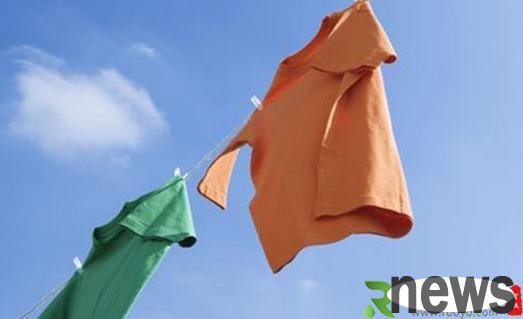Thiobetaine
Modern people are more and more useful in modern life. It can be said that modern society should be considered an industrialized society. Therefore, for modern people, when using various chemical ingredients, they must understand the relevant common sense in advance before they can use it better. Among them, thiobetaine is often used in aquatic feed.
Thiobetaine is widely used in aquatic feeds. For modern people, when using thiobetaine, the most important thing is to understand its relevant common sense and usage methods, so that unnecessary problems can be avoided in daily aquatic feeding process and let thiobetaine releasing a greater effect. The mechanism of action of thiobetaine (DMT) is similar to thiobetaine (DMPT):
3.1 Induced food
3.1 thiobetaine (DMT) can accept the stimulation of low-concentration chemicals in water through the sense of smell of aquatic animals, and can distinguish chemicals and are extremely sensitive. The wrinkles in the scent can increase their contact area with the external water environment to improve the sensitivity of the scent. Therefore, fish, shrimp and crabs have a strong physiological mechanism for food-induced odors that are particularly good for DMT. DMT follows the unique habit of aquatic animals to increase the frequency of food intake of aquatic animals. As a food-induced growth-promoting agent for aquatic animals, it has a significant promoting effect on the feeding behavior and growth of a variety of freshwater fish, shrimp and crabs. The number of times aquatic animals bite bait is increased, and the feeding stimulation effect is several times that of glutamine.
3.2 High-efficiency methyl donor, promotes the growth of (CH3)2S-groups on thiobetaine (DMT) molecules, have the function of methyl donor, is effectively utilized by aquatic animals, promotes the secretion of digestive enzymes in animals, promotes the digestion of fish and the absorption of nutrients, and improves feed utilization.
3.3 Improve anti-stress capacity and anti-osmotic pressure effect
Improve the motor ability and anti-stress effect of aquatic animals (tolerate high temperature and hypoxia resistance), improve the adaptability and survival rate of young fish, and can also be used as an in vivo osmotic pressure buffer to improve the endurance of aquatic animals to osmotic pressure excitation.
3.4 has a ecchitin-like effect, which has a stronger dechitin-like activity, increasing the dehulling speed of shrimp and crabs, especially in the middle and late stages of shrimp and crab farming, and the effect is more obvious.
3.5 Hepatoprotective function
Thiobetaine (DMT) has liver protection function, which can not only improve the health status of animals, reduce the viscera/weight ratio, and improve the edibleness of aquatic animals.
Therefore, for people engaged in aquatic feeding, they must understand the relevant common sense of thiobetaine. The purpose of this is to better use this product to feed aquatic products, so that they can have high yields, and naturally create more economic benefits. Therefore, you must pay attention to the use and dosage of thiobetaine to avoid unnecessary problems.




